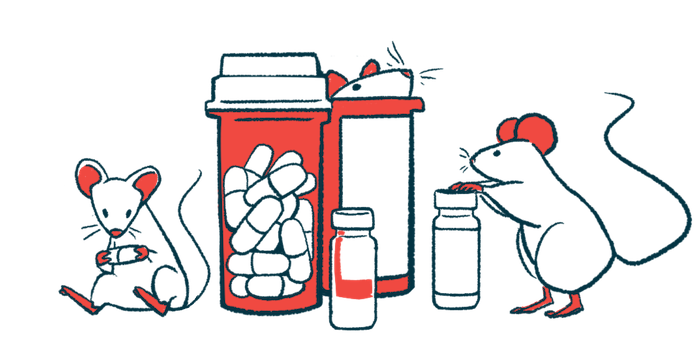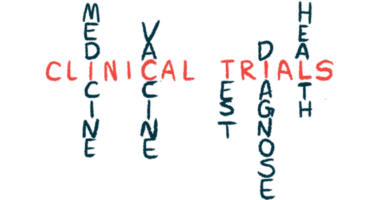Anti-inflammatory DMX-700 Found to Reduce Lung Injury in COPD Mice
Clinical trial expected next year for Dimerix therapy

An experimental anti-inflammatory medication called DMX-700, being developed by Dimerix for chronic obstructive pulmonary disease (COPD), was found to substantially reduce lung injury in a mouse model of the disease.
“DMX-700 has demonstrated some very encouraging pre-clinical data,” Nina Webster, PhD, CEO and managing director of Dimerix, said in a company press release, noting the oral therapy led to an 80% reduction in lung injury in treated mice versus controls.
Dimerix is planning to launch a clinical trial of DMX-700 early next year. According to the Australia-based company, individual compounds in the experimental therapy already have known safety profiles in humans, potentially allowing for faster initiation of clinical testing to assess DMX-700’s efficacy as a potential COPD treatment.
“We look forward to finalising the clinical study design and anticipate initiating this study in the first half of 2023,” Webster said.
DMX-700 is designed to simultaneously block the activity of two protein receptors, one called interleukin 8 receptor beta, or IL-8RB, and the other known as angiotensin II type 1 receptor, or AT1R. These receptors are involved in inflammatory signaling networks that have been implicated in COPD progression.
The experimental therapy was identified via Dimerix’s proprietary platform, called Receptor-HIT (Heteromer Investigation Technology), which is designed to identify protein receptor interactions that could be targeted for health applications.
DMX-700 was tested in the porcine pancreatic elastase (PPE) model of COPD. According to Dimerix, this mouse model mimics the inflammatory response that drives lung tissue damage in COPD.
Treatment with DMX-700 “significantly” reduced PPE-induced lung injury, by 80%, according to Dimerix. By contrast, inhibiting either IL-8RB or AT1R individually had no detectable effect on lung injury.
In addition to these findings, the results showed an unexpected synergy between IL-8RB blockers and angiotensin type 1 receptor blockers (ARBs) — a class of medications commonly used to manage high blood pressure and heart disease. Recent research has indicated that ARBs may be useful for treating COPD in some patients.
In the mouse model of PPE-induced lung injury, co-treatment with IL-8RB inhibitors and ARBs reduced lung injury by up to 80%. However, this effect was only seen with certain doses of ARBs. Dimerix did not disclose dosing details.
Based on these findings, Dimerix has submitted a new patent family application (Australian number 2022902171), titled “Dosage regimen for the treatment of COPD.” If the patent is approved, it would be valid through 2043.
In accordance with typical procedures, full patent details will not be available until 18 months after the priority date, set at Aug. 2, 2022.
“The DMX-700 study identified some very surprising outcomes, which we believe further strengthens our IP [intellectual property] position moving forward,” said Webster.







